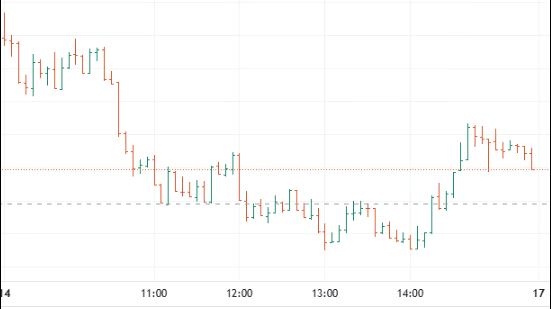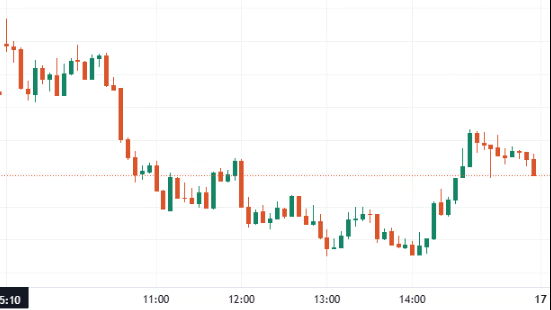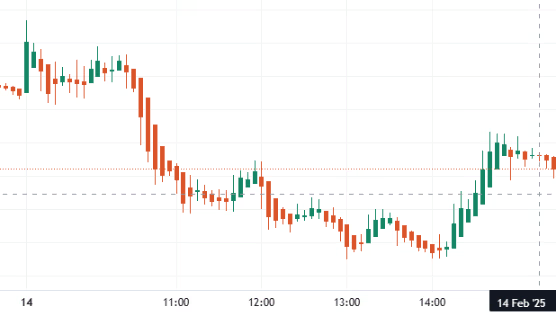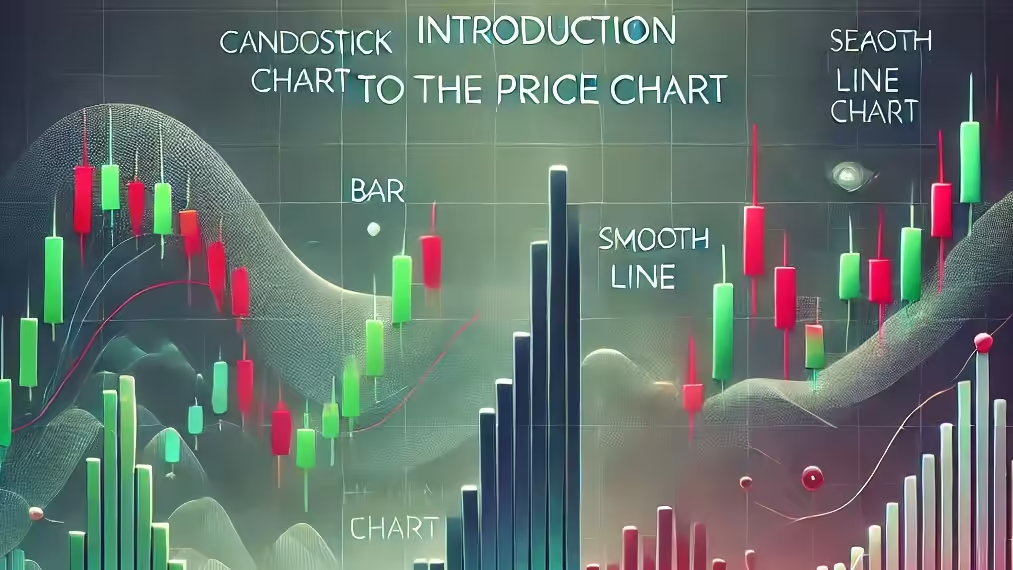What is a Price Chart?
A price chart visually represents the historical price movements of a financial instrument, such as stocks, commodities, currencies, or cryptocurrencies, over a specific period of time. These charts are commonly used to analyze price fluctuations and to predict future price movements based on past performance in price action based trading methods.
Price charts are one of the most powerful tools available to traders and investors for analyzing market trends, identifying patterns, and making informed decisions. There are different types of price charts. But here we only discuss the basic four important price charts namely- Line chart, Bar Chart, Candlestick chart and Heikin Ashi chart.
Types of Price Charts
Line Chart : The simplest type of price chart, the line chart, connects the closing prices of an asset over time. It gives a clear visual representation of the price trend, but it doesn’t provide as much detailed information about the market’s movement during the trading session.
It reduces noise and overall focus on trend which is good for long term investor. But for price action trader it doesn’t provide valuable information.

Bar Chart A bar chart is more detailed than a line chart. Each bar represents the price movement for a particular time period (e.g., one day). It shows the opening, closing, high, and low prices for that period. The vertical line indicates the range of prices, while the horizontal tick on the left shows the opening price and the tick on the right shows the closing price.
It shows detailed price action and can be use to identifying trends and volatility. But visullay it is not appealing for traders.

Candlestick Charhttps://priceaction.com/price-action-university/beginners/candlesticks/t A candlestick chart is one of the most popular and commonly used chart types in trading. It displays the same information as a bar chart but in a more visually appealing format. Each “candlestick” consists of a body and two wicks (or shadows) representing the high and low prices. The color of the body indicates whether the price closed higher (typically green or white) or lower (red or black) than it opened.
Candlestick chart is most used in price action trading. It is easier to indetifying pattern(Double bottom pattern, Head and shoulder pattern etc.) and buying-selling signals(Hammer candlestick, Bullish Engulfing candlestick etc.) in candlestick chart.

- Bullish Candle: A green or white body indicates that the closing price is higher than the opening price.
- Bearish Candle: A red or black body indicates that the closing price is lower than the opening price.
Heikin Ashi Chart is a modified version of the traditional candlestick chart, designed to filter out market noise and provide a smoother view of trends. It is widely used by traders to identify trend direction, spot reversals, and make informed trading decisions.
Unlike traditional candlesticks, which plot actual price data, Heikin Ashi uses averaged price calculations to create smoother price action, making it easier to identify bullish and bearish trends.
it shows delayed signals due to averaging, hence not suitable for pin point entry and exit.

Understanding Timeframes
Price charts are available in various timeframes, ranging from minutes to days, weeks, or even years. The choice of timeframe largely depends on your trading strategy:
- Short-term traders (e.g., day traders) typically use charts with smaller timeframes like 1-minute, 5-minute, or 15-minute charts.
- Swing traders might prefer 1-hour, 4-hour, or daily charts.
- Long-term investors often analyze weekly or monthly charts to get a broader view of market trends.
The Role of Volume
Volume represents the number of shares or contracts traded during a specific period. It is a crucial component when analyzing price charts because it can confirm the strength of a price movement. For example, an uptrend accompanied by high volume is considered stronger than an uptrend with low volume.
Why Candlestick Chart is first choice for trader
There are various factor which makes candlestick chart as first choice for trader.
It helps to trader as it represents price action data like high, low, opening and closing of each candlestick in each time frame. Which makes eaiser in identifying trend and volatility.
Just by looking at chart we overall percieve buyers or sellers dominance in market. Since, bullish and bearish candle has its own colour coding as discussed above.
Different patterns (Double top and double bottom pattern, Head and Shoulder pattern)and signals(Marubozu candle, Hammer candle), which helps us in predicting market behaviour or move can be easily identifed using candlestick.
It shows live price movement data and signals, which makes it suitable for pin point entry-exit.
Candlestick formations like Doji, Engulfing, and Marubozu indicate potential trend reversals or continuations.
Enhances strategies when used with moving averages, RSI, MACD, etc. and Useful for both short-term traders and long-term investors.


1 thought on “Price Chart: What it is? why candlestick is the best”